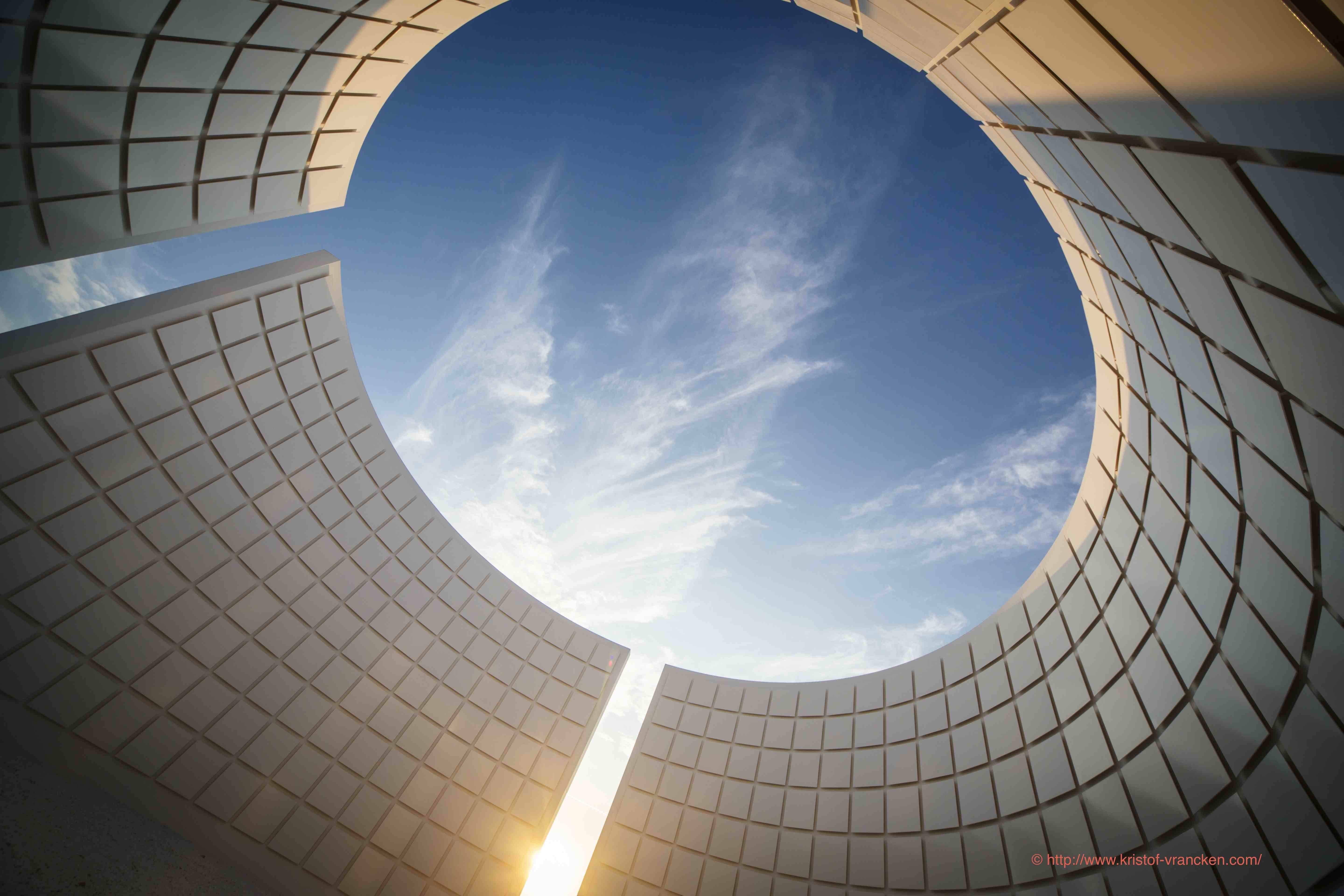L’ossuaire de Runan
Tania Mouraud

Mediator - Anastassia Makridou-Bretonneau, Eternal Network
Supporters - Fondation de France, commune of Runan, CAUE22, département of Côtes d’Armor, Région Bretagne, DRAC Bretagne, Association des Communes du Patrimoine Rural de Bretagne, Syndicat Départemental d’Électricité des Côtes d’Armor, Conseil d’Architecture,
d’Urbanisme et de l’environnement des Côtes d’Armor
Runan, Côtes d’Armor, France, 2015
The commission
In 2008, the new municipal team of Runan started making a computerised repertory for the graves of the town’s graveyard. On their request, a few families authorised them to move some remains in an ossuary, so the municipality could make use of the free left space. Other remains were removed as no descendent could be contacted. Runan’s church is at the same place, and inside, the XVIth century ossuary isn’t exploited.
The CAUE helps the town council to set up the environment around the graveyard. They encouraged the patrons to let an artist take care of the ossuary, via Eternal Network. They wanted a meditation place with a strong symbolic aspect, while being sober and giving the place a proper identity. Plus, the artist had to make an evolutive work, for the patrons to be able to record new names.
The artwork
Tania Mouraud suggested to restore the place, and created a sarcophagus inspired by centuries of funeral architecture. Its dimensions were calculated thanks to the golden ratio. The pavement now looks like a carpet with geometrical patterns, in reference to the church’s ground. The names of the families and deceased are written on the walls, in brushed aluminium, around the ossuary.
Tania Mouraud made up a place where people’s dignity is fully respected. The room, made of granite, is very refined and creates a timeless atmosphere, perfect for remembrance and meditation.
Tania Mouraud
Born in Paris in 1942, Tania Mouraud refuses to be associated to any artistic movement or dogma. Since 1960, she explored many artistic disciplines : painting, photography, installations, performances, videos, etc., to build a mainly about art and social interactions. For example, in 1968 she suggested to add a meditation room in our standardised houses. She sets billboards in public spaces to say how much she disagrees with some aspects of society. She also works on aesthetic similarities between art and wars, and on the limits of perception. Photography has been present in her work since 1998, as video and sound, always linked to paint.






